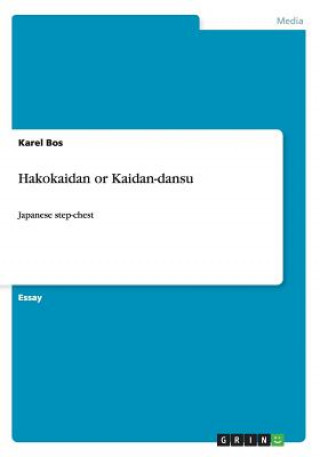
Kód: 09071528
Hakokaidan or Kaidan-dansu
Autor Karel Bos
Essay from the year 2012 in the subject Art - Architecture / History of Construction, , language: English, abstract: The Japanese step-chest (kaidan-dansu or hakokaidan) is inextricably linked with the traditional 'machiya'§in Kyo ... celý popis
- Jazyk:
 Angličtina
Angličtina - Vazba: Brožovaná
- Počet stran: 20
Nakladatelství: Grin Publishing, 2014
- Více informací o knize

Mohlo by se vám také líbit
-

Sex Practice
279 Kč -

Teasing Master Takagi-san, Vol. 10
283 Kč -

Ghastly Tales from the Yotsuya kaidan
365 Kč -

Something Wicked from Japan
543 Kč -

Move Your Mood!
408 Kč -

Conversations With the Great Moviemakers of Hollywood's Golden Age at the American Film Institute
594 Kč -

Did You Ever Have A Family
433 Kč
Darujte tuto knihu ještě dnes
- Objednejte knihu a zvolte Zaslat jako dárek.
- Obratem obdržíte darovací poukaz na knihu, který můžete ihned předat obdarovanému.
- Knihu zašleme na adresu obdarovaného, o nic se nestaráte.
Více informací o knize Hakokaidan or Kaidan-dansu
Nákupem získáte 43 bodů
 Anotace knihy
Anotace knihy
Essay from the year 2012 in the subject Art - Architecture / History of Construction, , language: English, abstract: The Japanese step-chest (kaidan-dansu or hakokaidan) is inextricably linked with the traditional 'machiya'§in Kyoto. In contrast to the 'minka', which are farmhouses, fishermen's houses and mountain dwellings, the§'machiya' is a merchants' and craftsmen's town-house, specifically in Kyoto, also often called 'kyo-machiya'.§Kyoto 'machiya' are traditional townhouses with distinctive Kyoto-style latticework doors and slatted§second-story windows (fig. 1+2). Machiya are already depicted on 17th century screens and they were still§built during the Taisho period and beyond until about 1936.§These wooden houses, where merchants and artisans both lived and worked, provided a space in front for§a store, in the middle for family quarters with small garden, and in the rear for workshops and warehouses.§Many of them can still be seen in the Gion district and they came to be regarded as one of the typical§traditional structures which characterise the ancient city of Kyoto.§Kyoto, Japan s capital of traditional culture, is one of the few Japanese cities that was spared from the§bombings of World War II, yet every year scores of 'machiya' are destroyed, victims of neglect and urban§redevelopment, thus rapidly erasing the traditional urban fabric. Luckily civic groups in Kyoto are working§hard to save the buildings that remain and to preserve this superb example of Kyoto vernacular architecture.§Typically the 'machiya' has a narrow front of about 5.5 to 6.4 m (3 to 3.5 ken ) and a depth of around 20 m§(11 ken ). As homes were taxed according to the size of the street frontage, this design originated from§economic necessity (fig. 16). However, as merchants became richer, they built larger 'machiya' and it is not§unusual to find a frontage of 6 and 7 ken (12.7 m).§The meaning of the modern concept of the 'module' has an exceptional antecedent in Japan, where for§hundreds of years the ordinary houses have been built on the basis of a modular order which is unique. [...]
 Parametry knihy
Parametry knihy
Zařazení knihy Knihy v angličtině The arts Architecture
434 Kč
- Plný název: Hakokaidan or Kaidan-dansu
- Podnázev: Japanese step-chest
- Autor: Karel Bos
- Jazyk:
 Angličtina
Angličtina - Vazba: Brožovaná
- Počet stran: 20
- EAN: 9783656822820
- ISBN: 3656822824
- ID: 09071528
- Nakladatelství: Grin Publishing
- Hmotnost: 54 g
- Rozměry: 254 × 178 × 1 mm
- Datum vydání: 24. October 2014
Oblíbené z jiného soudku
-

The Modern A-Frame
677 Kč -

Container and Modular Buildings
1127 Kč -

Milan Architecture
732 Kč -

S, M, L, XL
1918 Kč -

Kelly Wearstler
1107 Kč -

Monotowns
504 Kč -
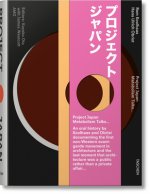
Koolhaas/Obrist. Project Japan. Metabolism Talks
1208 Kč -

Atlas of Brutalist Architecture
1401 Kč -
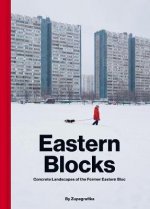
Eastern Blocks
515 Kč -
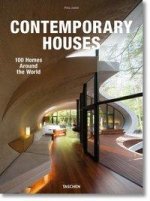
Contemporary Houses. 100 Homes Around the World
1477 Kč -
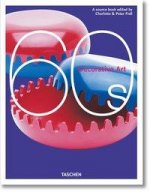
Decorative Art 60s
748 Kč -

New Nordic Houses
944 Kč -

Decorative Art 70s
748 Kč -

Architectural Detailing - Function, Constructibility, Aesthetics 3e
2547 Kč -

German Belt Buckles 1845-1945: Buckles of the Enlisted Soldiers
1658 Kč -

101 Things I Learned in Architecture School
400 Kč -

Tiny House Design and Construction Guide
518 Kč -

Brutal Poland
546 Kč -

Architecture Reference & Specification Book updated & revised
517 Kč -

More Beautiful
1055 Kč -
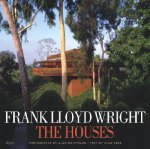
Frank Lloyd Wright: The Houses
2022 Kč -

Pugin's Gothic Ornament
322 Kč -

domus 1960s
748 Kč -

BIG
1401 Kč -

Made in Norway
529 Kč -

Architecture in the 20th Century
1477 Kč -
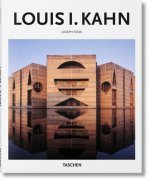
Louis I. Kahn
441 Kč -

Living in the Desert
1008 Kč -

On Architecture: Bks. I-X
400 Kč -

Barbican Estate
1218 Kč -

Rebirth of an English Country House
1131 Kč -

Beauty of Home
1024 Kč -

domus 1970s
748 Kč -

What Is Japanese Architecture?: A Survey Of Traditional Japanese Architecture
778 Kč -

Rattan
1303 Kč -

Chicagoisms
1003 Kč -

Construction Drawings and Details for Interiors, Fourth Edition
1733 Kč -

Bricks Now & Then
988 Kč -

Urban Geometry
462 Kč -

Garden Pools and Swimming Ponds: Design, Construction, and Landscape
838 Kč -

Scenes of the Street and Other Essays
1154 Kč -

Crystal Palace
602 Kč -

Brick 22
1178 Kč -

Brutal East Vol. II
570 Kč -

Architecture Without Architects
776 Kč -

Martin Rauch: Refined Earth
1498 Kč -

Atmospheres
976 Kč -
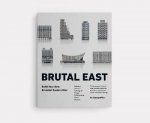
Brutal East (model Kits)
472 Kč -

Eiffel Tower
833 Kč
Osobní odběr Praha, Brno a 12903 dalších
Copyright ©2008-24 nejlevnejsi-knihy.cz Všechna práva vyhrazenaSoukromíCookies



 Vrácení do měsíce
Vrácení do měsíce 571 999 099 (8-15.30h)
571 999 099 (8-15.30h)